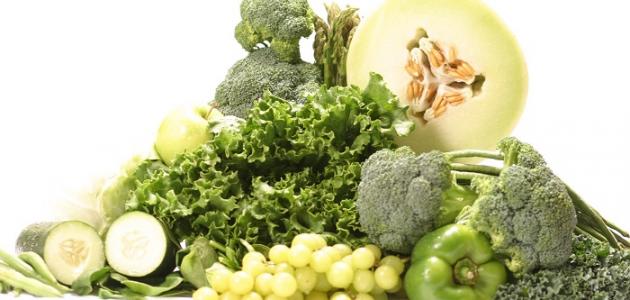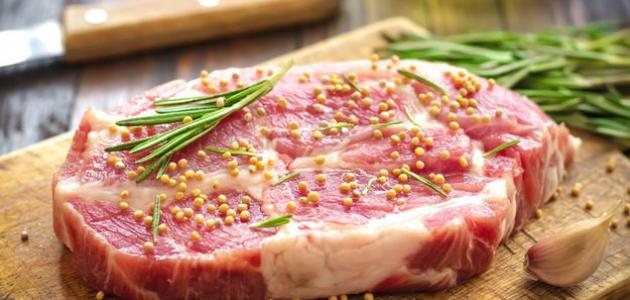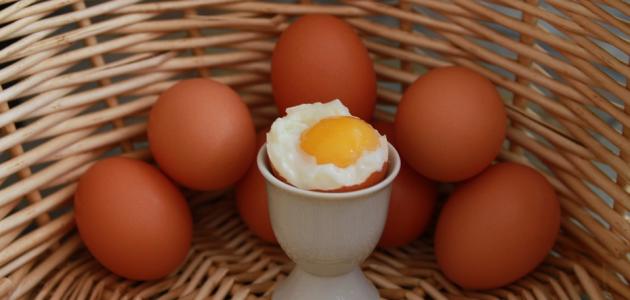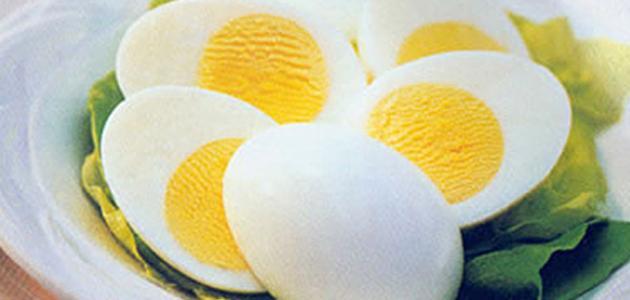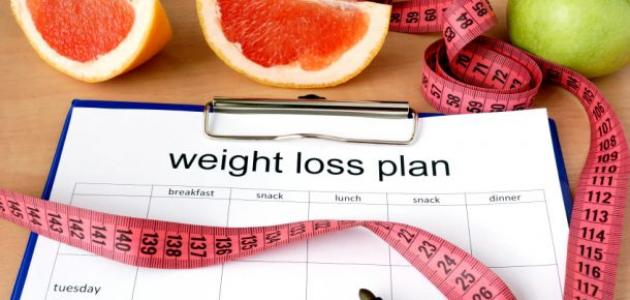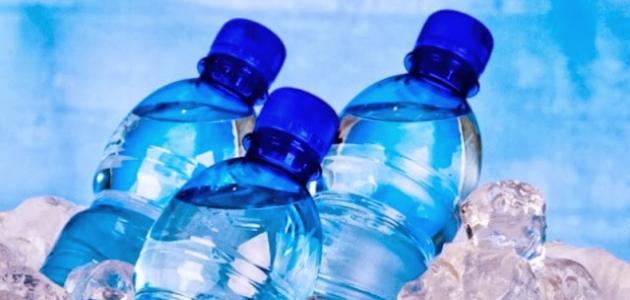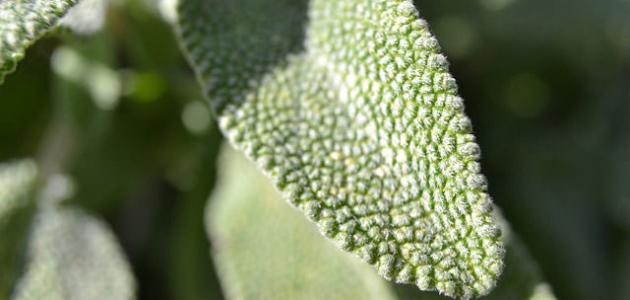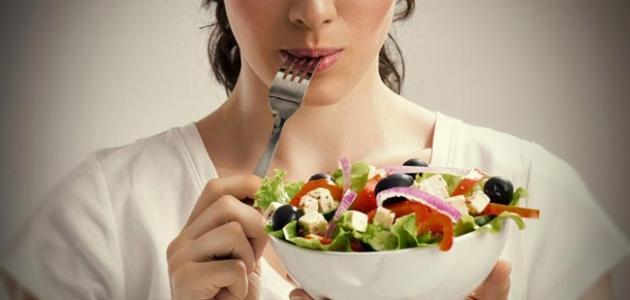vegetarian diet
The vegetarian diet is defined by refraining from eating one or more types of foods of animal origin, especially meat, and it should be noted that the spread of this diet has increased recently. This is due to many reasons associated with its health benefits. Such as: reducing the risk of some diseases.
It should be noted that many vegetarians depend on processed foods that are high in calories, fats, sugars, and sodium, and that they may not get what they need from vegetables, fruits, whole grains, and foods rich in calcium, which makes them more likely to suffer a deficiency in some nutrients. However, this can be avoided by planning a vegetarian diet according to different ages, and providing the body with its need for nutrients. When following a vegetarian diet, the nutritional needs of the individual must be known and covered.
Types of vegetarian diets
The vegetarian diet includes many different dietary patterns that rely heavily on plant foods, and avoid meat, as some vegetarians refrain from eating all animal products, but there are those who limit the quantities of foods with animal sources eaten in their diets; The following is an explanation of the types of vegetarian diets:
- Dairy vegans: (in English: Lacto-vegetarian diet), which includes eating milk and its products; such as butter, dairy, and cheese, and abstaining from eating meat, poultry, fish, eggs, and foods that contain them.
- Ovo-vegetarians: (in English: Ovo-vegetarian diet), which includes eating eggs, and abstaining from eating meat, seafood, poultry, milk and its products.
- Dairy and egg vegetarians: (English: Lacto-ovo vegetarian diet), which includes eating milk and its products, eggs, and abstaining from eating meat, poultry, and fish.
- Pescatarians: (in English: Pescatarian diet), which includes eating fish, and abstaining from eating meat, eggs, poultry, milk and its products.
- pure botanical: (in English: Vegan), which includes abstaining from eating eggs, meat, poultry, fish, milk and its products, and all foods that contain all of the above.
- Semi-vegetarian: (English: Semivegetarian diet), which mainly includes plant foods, but includes the consumption of fish, poultry, meat, eggs, and dairy products at times or in small quantities.
A complete vegetarian diet
A vegetarian diet is based on plant foods that include vegetables, fruits, grains, seeds, nuts, peas, and dry legumes.[XNUMX] Here is an explanation of the integrated vegetarian diet:
Read also:Milk and dates dietRecommended amounts for each food group
All the body's nutritional needs can be covered when following a vegetarian diet. By diversifying the foods consumed, and eating the appropriate quantities of them to cover the body's calorie needs, by following the recommendations of food groups according to age, gender, and level of physical activity. zinc, iron, and vitamin B12.
It should be noted that these recommendations are based on the Dietary Guidelines for Americans for the years 2015-2020, which included eggs and milk products due to their consumption by most vegetarians, but these recommendations can be made of a pure vegetarian type if all milk product options are based on milk. Fortified soybeans or other plant-based milk alternatives, and the body's appropriate calorie needs must be known, choose different foods from each group in the recommended quantities, and reduce foods with few nutrients when following these recommendations, as they include 12 groups of calories ; Of which we mention the following:
| food group | 1600 calories | 2000 calories | 3000 calories |
|---|---|---|---|
| vegetables (cup/day) | 2 | 2'' | 4 |
| Dark green leafy vegetables (XNUMX cup/week) | 1'' | 1'' | 2'' |
| Red and orange vegetables (XNUMX cup/week) | 4 | 5'' | 7'' |
| Total legumes (cups/week) | 1 | 1'' | 3 |
| Starchy vegetables (XNUMX cup/week) | 4 | 5 | 8 |
| Other vegetables (XNUMX cup/week) | 3'' | 4 | 7 |
| fruits (cup/day) | 1'' | 2 | 2'' |
| Grain (quota/day) | 5'' | 6'' | 10'' |
| Dairy products (cup/day) | 3 | 3 | 3 |
| Proteins (quota/day) | 2'' | 3'' | 5'' |
| Eggs (servings/week) | 3 | 3 | 4 |
| Soy products (servings/week) | 6 | 8 | 12 |
| Nuts and seeds (servings/week) | 5 | 7 | 12 |
| Fats (Fines) | 22 | 27 | 44 |
The following points show some Notes about the table above Which must be taken into account, and are as follows:
Read also:Benefits of white cabbage for diet- You must get the daily amount of vegetables and proteins as listed in the first line, taking care to enter the foods below each group throughout the days of the week in order to obtain all the essential nutrients.
- Equivalent to one cup of vegetables and fruits; 2 cup cooked or fresh, XNUMX cup juice, XNUMX cups leafy green salad, or ½ cup dried fruits or vegetables.
- Equivalent to one serving of carbohydrates; ½ cup of cooked rice, pasta, or cereal, or a medium-sized slice of bread, or about XNUMX cup of ready-to-eat cereal.
- Equivalent to a cup of dairy products; A cup of fortified milk, yogurt, or soy milk, or approximately 42.5 grams of cheddar cheese, or 56.7 grams of processed cheese.
- Equivalent to one serving of proteins; One egg, or a tablespoon of peanut butter, or approximately 14 grams of seeds or nuts, and although legumes are in the vegetables group, they are also classified within the proteins group; Where one serving represents a quarter cup of cooked legumes or tofu (in English: Tofu).
Diversification of the vegetarian diet
Diversification in the consumption of foods is necessary when following a vegetarian diet. As there are some nutrients in small quantities in plant sources, or their body absorption is less easy than those available in meat or fish, and contrary to what is common, most vegetarians get sufficient amounts of protein and calcium found in milk products, but it should be noted That in the event that a vegetarian diet is followed without proper planning for it by consulting a nutritionist or a doctor, the level of consumption of some basic nutrients may be less than the amount that the body needs from them, and among these elements; Iron, vitamin B12, and the following are the sources of some nutrients:
Read also:Reasons for weight stability with dieting- Plant sources of iron: Vegetarians are more likely to have lower levels of iron stores than meat eaters. Here are some sources of iron in a vegetarian diet:
- eggs.
- Legumes (in English: pulses).
- Dried fruits.
- dark green leafy vegetables; Such as: broccoli, watercress.
- Whole grain bread.
- Iron-fortified cereal.
- Vegetable Sources of Vitamin B12: Vitamin B12 is necessary for general health, cell growth and repair, and it is only available in animal sources, and it is possible to get enough of it if you eat eggs or milk products, but if you do not eat animal sources or eat small amounts of them, it is necessary to get enough of it. An alternative source that contains adequate amounts of vitamin B12. Examples include the following:
- the milk.
- cheeses;
- eggs.
- Fortified breakfast cereal.
- Fortified soybean products.
- Plant Sources of Omega-3 Fatty Acids: Omega-3 fatty acids, especially found in fatty fish, help maintain heart health and reduce the risk of heart disease when consumed in a healthy diet. Examples of vegetable sources of omega-3 fatty acids include:
- flaxseed oil.
- Rapeseed oil.
- soybean oil and soybean products; Kaltofu.
- walnut.
- Omega-3 fortified eggs.
- Some evidence indicates that plant sources of omega-3 fatty acids may not provide the same health benefits as those found in fatty fish, but heart health can be maintained when following a plant-based diet by eating at least 5 servings of vegetables and fruits. Variety daily, avoiding saturated fats, and limiting the amount of salt intake.
- Calcium plant sources: Calcium is necessary for building bones and teeth, and it can be obtained from milk products, but it is recommended to get what comes to cover the body’s need for calcium in the event of a vegetarian diet:
- Calcium-fortified soy milk.
- Tofu made with calcium sulfate.
- Orange juice and calcium-fortified cereal.
- some dark green leafy vegetables; Such as: turnip, cabbage (in English: Collard), mustard leaves, and Chinese cabbage (in English: Bok choy).
- Legumes, broccoli, and soybeans.
- Almonds, and butter made from it.
- Sesame seeds.
